Table of Contents
You thought you’d be over them by now.
It’s been months, maybe even longer, and still, their name echoes in your head when you try to sleep. You scroll through old photos, you play out conversations that never happened. And somewhere deep down, a tiny, guilt-laced voice whispers, “Why is this still hurting?”
What if the answer isn’t that you’re weak, or too sensitive, or doing it wrong? What if the truth is quieter, deeper—and has to do with how you learned to love in the first place? It turns out, the connection between your attachment style and healing after a breakup could explain more than you realize.
Breakups don’t just break hearts. They shake the scaffolding we’ve built around how we feel safe in the world. That’s why your attachment style—your unique pattern of relating to closeness and distance—has everything to do with how long it takes to heal.
Anxious Attachment: Why It Slows Healing After Breakups
If you have an anxious attachment style, heartbreak doesn’t just feel like loss—it feels like emotional abandonment. Your brain, wired for vigilance and reassurance-seeking, interprets a breakup as a threat to your very sense of self.
- Obsessive thoughts
- Intense self-blame
- Desperate attempts to “fix” what’s already broken
Studies show people with high attachment anxiety are more likely to use self-punishing strategies after a breakup. One study found these patterns predicted elevated depression up to three months later.
It’s not because they loved harder. It’s because their nervous system holds on tighter. Until that system feels safe again, the pain tends to linger.

Avoidant Attachment: When Numbness Isn’t True Recovery
Avoidant individuals often seem to bounce back quickly—but it’s a trick of the light. Instead of confronting emotional rupture, they emotionally check out.
- Suppress emotions entirely
- Reject support or intimacy
- Appear calm, while pain builds underneath
It looks like strength, but under the hood, it’s emotional delay. Suppressed feelings don’t disappear—they just accumulate.

Why Breakups Hurt So Much (Science of Heartbreak & Healing)
Let’s examine breakups in: Biology of love & loss, Attachment styles, Rejection psychology, Closure, Rumination, Grief
Tap here to read more →Research confirms that while avoidants report less distress early on, unresolved grief surfaces later, often in the form of fatigue, irritability, or emotional numbness.
Healing requires access to emotion—and avoidance often keeps the door locked.
Secure Attachment: How It Supports Faster Healing
If you’re securely attached, breakups still hurt—but the pain doesn’t consume you.
- Accept the loss without internalizing failure
- Seek healthy support
- Let grief unfold without panic or avoidance
This emotional balance allows for smoother healing. You’re not avoiding pain or drowning in it—you’re moving through it.

Your Attachment Style and Healing After a Breakup: A Map to Self-Compassion
Understanding your attachment style and healing after a breakup isn’t about putting yourself in a box—it’s about granting yourself grace.
If you’re still struggling:
- You’re not broken
- You’re not “behind”
- You’re simply responding with the emotional tools you’ve learned to survive
Healing looks different depending on whether you’re clinging, avoiding, or processing. But one truth remains: awareness rewrites the script.
And that whisper in your head, the one that asks why it’s still hurting?
Maybe now it can be met with a gentler answer: “Because your heart is healing the way it learned to survive. And that, too, is part of the process.”
FAQ
Q1. How does attachment style affect how long it takes to heal after a breakup?
Attachment style influences coping patterns—anxious individuals tend to ruminate and self-blame, delaying healing, avoidant types suppress emotions which resurface later, and secure people process emotions and seek support more effectively.
Q2. Can someone with anxious attachment actually benefit from their breakup response?
Yes. Despite intense emotions, anxious attachers often experience personal growth by reflecting deeply on the relationship, gaining insights that can promote emotional resilience and healthier future relationships.
Q3. What signs suggest an avoidantly attached person isn’t truly healed right after a breakup?
They might seem fine initially, but later show fatigue, irritability, or sudden emotional numbness—signs that suppressed grief is resurfacing.
Q4. What practical steps can support healing based on attachment style?
Anxious: Avoid personalization, release resentment, lean on support systems, and observe your emotional patterns. Avoidant: Practice no contact to allow grief, and gradually engage with suppressed emotions. Secure: Continue self-care, seek social support, allow emotions without overreacting.
Scientific Sources
-
Fagundes et al. (2012): Attachment and Breakup Distress: The Mediating Role of Coping Strategies
Key Finding: Individuals with higher attachment anxiety used more self‑punishment coping post‑breakup, associated with significantly higher depressive symptoms at 1‑ and 3‑months.
Why Relevant: Demonstrates that anxious attachment delays healing through maladaptive coping persistence.
https://www.ncbi.nlm.nih.gov/pmc/articles/PMC10727987/ -
Gehl, Brassard et al. (2024): Attachment and Breakup Distress: The Mediating Role of Coping Strategies
Key Finding: Attachment anxiety/avoidance predicted elevated depression/anxiety at 1 and 3 months via increased self‑punishment and reduced accommodation coping strategies.
Why Relevant: Confirms and updates earlier findings with recent data, reinforcing that insecure attachment prolongs emotional recovery.
https://journals.sagepub.com/doi/10.1177/21676968231209232 -
Davis, Sbarra, Emery et al. (2003): When Love Just Ends: An Investigation of the Relationship Between Attachment Style and Post‑Breakup Recovery
Key Finding: Securely attached individuals recovered more rapidly, while insecure styles—especially anxious-preoccupied—experienced greater distress and longer recovery.
Why Relevant: Provides direct evidence linking anxious attachment to delayed breakup healing and prolonged distress.
https://www.frontiersin.org/articles/10.3389/fpsyg.2021.662237/full
- Attachment Wounds Explained: Powerful Ways to Start Healing After Heartbreak

- Powerful Healing: Changing Your Attachment Style After a Breakup

- The Painful Truth About Your Ex’s Attachment Style (and Why You Still Feel Haunted)

- The Powerful Link Between Attachment Style and Healing After a Breakup
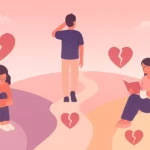
- Secure Attachment Breakup Recovery: The Surprisingly Peaceful Grief Style

- Disorganized Attachment Breakup: Surviving the Push-Pull Grief Storm
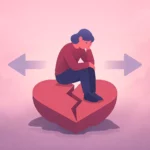
- Avoidant Attachment Breakup: The Surprising Crash After Calm
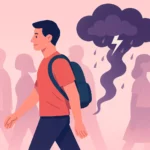
- Anxious Attachment After Breakup: Why You Spiral and How to Heal

- Attachment Style and Breakups: Discover the Powerful Science Behind Why It Hurts
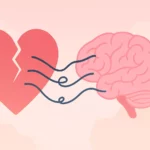
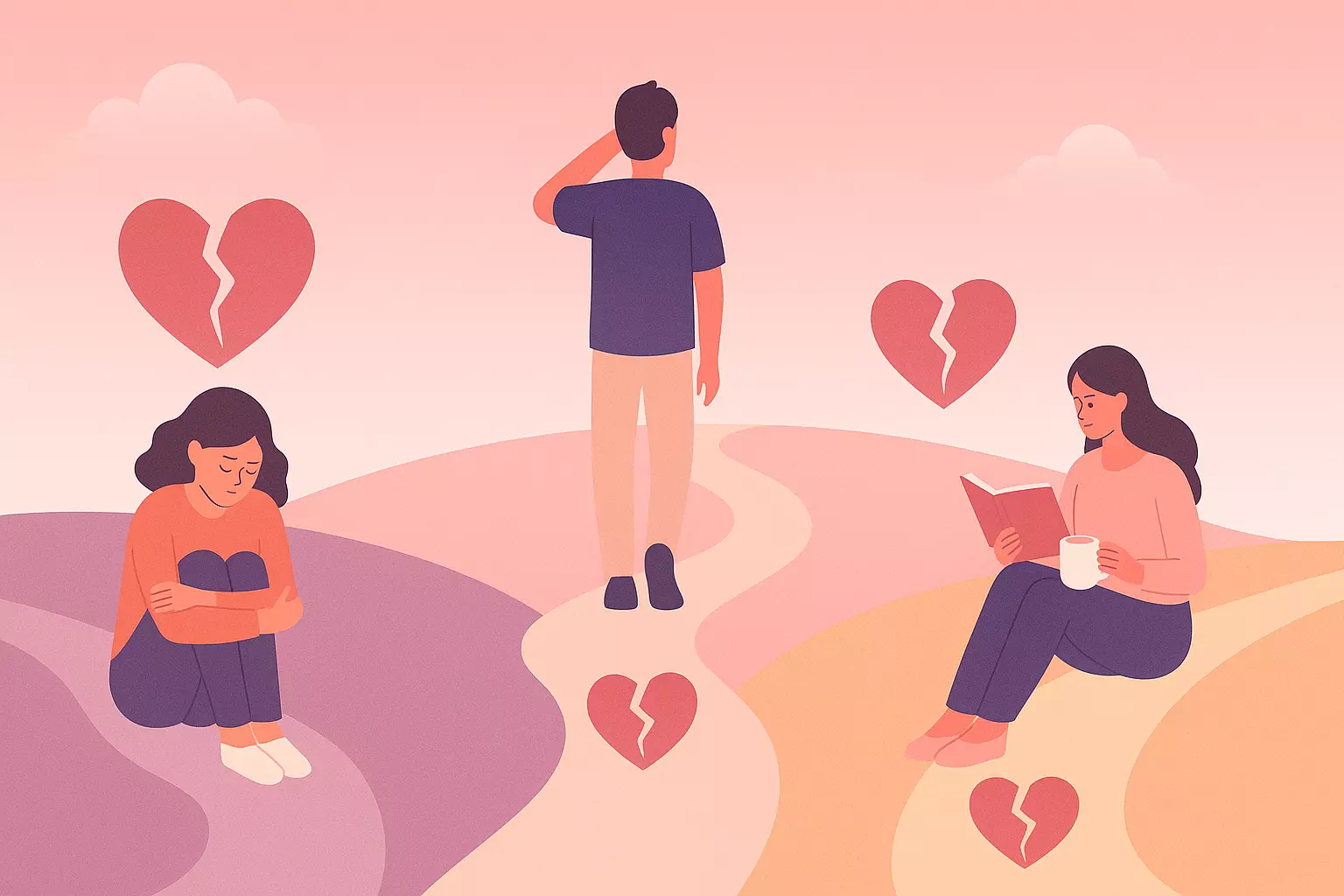
Leave a Reply